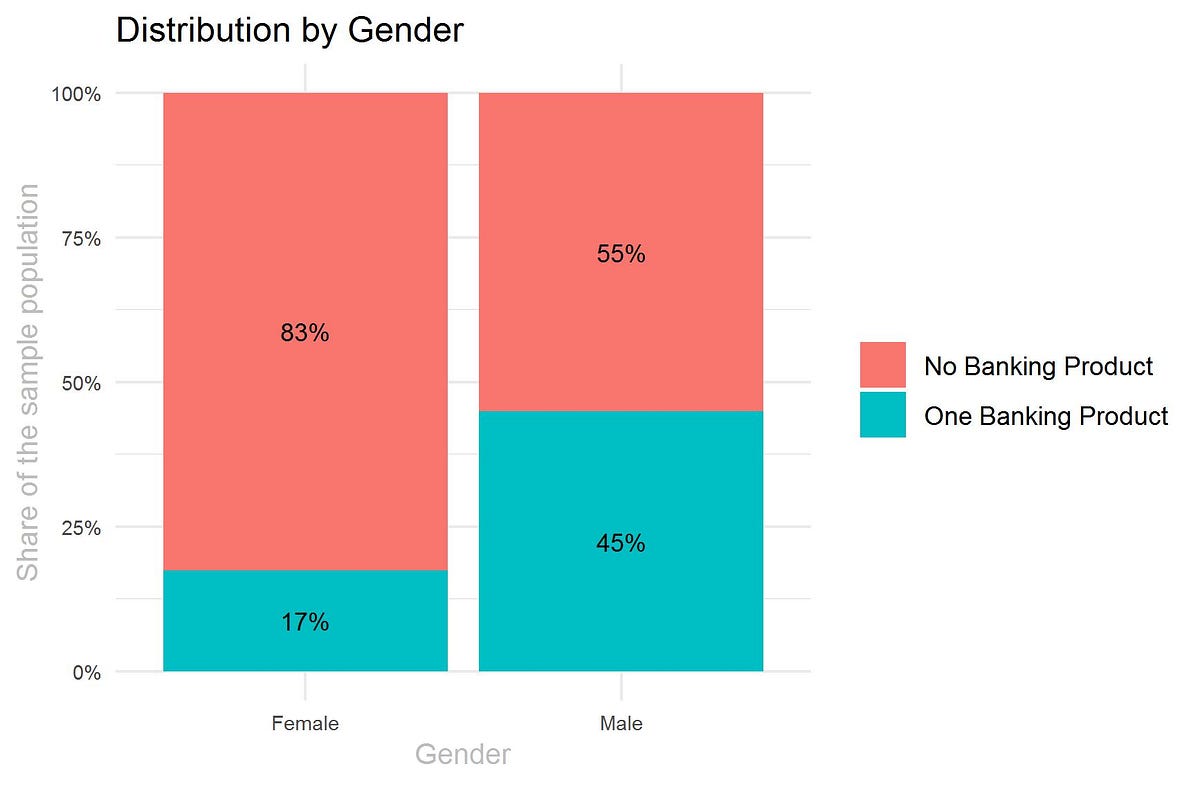Recently, the Moroccan government sent monthly allowances to citizens who’ve been economically affected due to COVID-19. The massive operation was coordinated through mobile phones: people entered their information and the type of assistance they were eligible for, and they then received a PIN code that they later used to withdraw money from an ATM.
My grandfather, who was a beneficiary of the program, called me excitedly after he retrieved his money from the bank. He had never used an ATM before and was amazed at how the machine handed him the cash without him needing to interact with a human.
I was perplexed: Why was my 80-year old grandfather — whose excitement about the internet, smartphones & WhatsApp has long waned — suddenly excited by an ATM? Truth is, it never occured to me that my grandpa has never had a banking account, a debit card, a loan, or any contact with a banking institution at all!
So I sought to understand who are the millions of Moroccans, like my grandfather, who have never had a banking product. I knew that the official statistics of the “banked” population hovered around 56% as of 2017 (Source: Bank al Maghrib), but I wanted to understand the micro-economic characteristics of the unbanked population: Who are they?
Luckily, the World Bank has conducted a detailed Global Financial Inclusion Survey in 2017 and made the data available to the public (and it’s free!). The survey sampled ~5100 Moroccans and asked a wide range of questions about their demographics and usage of banking products. The analysis below is derived from that data. I do have some doubts about the quality of the data and its conclusions, which I present at a later stage of this blog post.
#banking #data-science #africa #morocco #data analysis
